The content of the article
The fauna of our planet is vast. Part of it deserves special attention, such as butterflies. Lepidoptera are united in families on the basis of common features. Such a group, for example, are sailboats, also called cavaliers. A distinctive feature of this family of butterflies is not size, since it includes both large and medium-sized individuals, but an unusual arched shape of wings. Its representatives are daytime insects. Today, about 600 species are distinguished, one of which is an alkaline butterfly (Latin name Byasaalcinous or Atrophaneuraalcinous).
Appearance Features
In most cases, alkinoi butterflies are large individuals. The wingspan of an insect can reach 8 -9 centimeters. Belonging to the floor in the representatives of the species is expressed in the specificity of the color. So, males have wings of black color, while females have wings of gray color, however mottled with contrasting dark veins. The triangular wings located in front are wide enough, the rear wings inferior in size are oval in shape. In addition, the edge of the hind wings is uneven, slightly wavy, decorated with a black trim with specks of yellow and scarlet flowers. The length of the "tails" that distinguish butterflies of alkinoids among other lepidopterans is usually equal to 20 millimeters, which in comparison represents a third of the large wing.
The rounded head and body of the butterfly are decorated with reddish spots. The large eyes of the insect are naked. Antennae have a thickening towards the end, painted black. They perform the function of the olfactory sensory organ, as they help to catch the smells of flora, as well as pheromones released during the mating season by potential partners. Their usefulness is not limited to this, since they allow the flying butterfly to be in a state of equilibrium. Instead of the mouth opening in sailboats, like many lepidopterans, there is a helix proboscis, which is a result of the modification of the jaws of the animal. When eating food, the proboscis unfolds. All long legs of the insect are developed in order to use them in movement.
Habitat
Favorable living conditions for insects have both coniferous and deciduous forests with high humidity. The main condition for choosing a place of population settlement is proximity to the territories where Manchurian kirkason grows - the only plant eaten by caterpillars of the species.
Behavior specifics
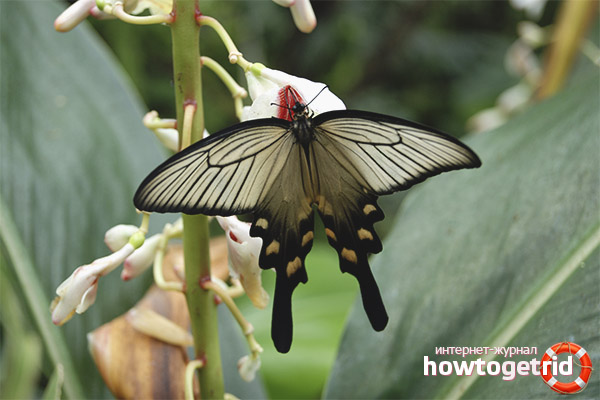
In one calendar year, two new generations of Alkinois butterflies appear. The first sees the light in late spring. It is based on surviving winter chrysalis. They, in turn, give offspring that hatch by mid-July or early August. Butterflies have excellent flying abilities, allowing them to travel long distances during migration. In the places of plant growth, which form the basis of the feed of this species of Lepidoptera, new temporarily existing groups of insects appear.
In areas of constant habitat, butterflies prefer to lead a calm and unhurried life.They often sit still, occasionally flying from one plant to another. Females love to hide from natural enemies in the grass, males climb into the crowns of tall trees. Butterflies drink the nectar of flowers of the well-known bird cherry, honeysuckle. The habit of slow take-off killed more than one individual - this feature makes insects easy prey for collectors.
Procreation
Nature gave her a unique "weapon", designed to scare away all kinds of enemies. We are talking about the gland located behind the head of the larva. At the time of extreme danger, it goes outside in order to release a liquid with a pungent, partly nasty smell. Also in her body contains toxic substances. Scarlet spots on the caterpillar’s body indicate this surrounding fauna, warning against danger. Before turning into a chrysalis, the larva fixes itself on a branch with the help of silk thread. The color of the pupated caterpillar is bright yellow.
Video: Alkaline butterfly (Byasa alcinous)


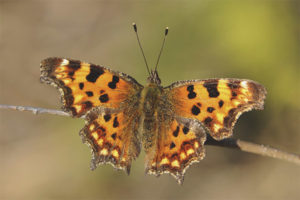

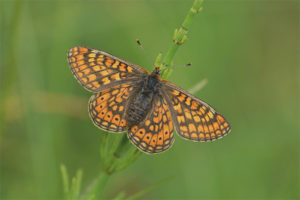



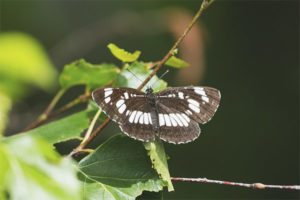
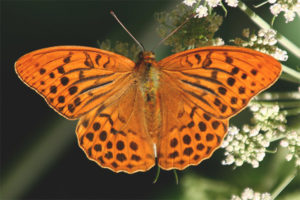
Submit